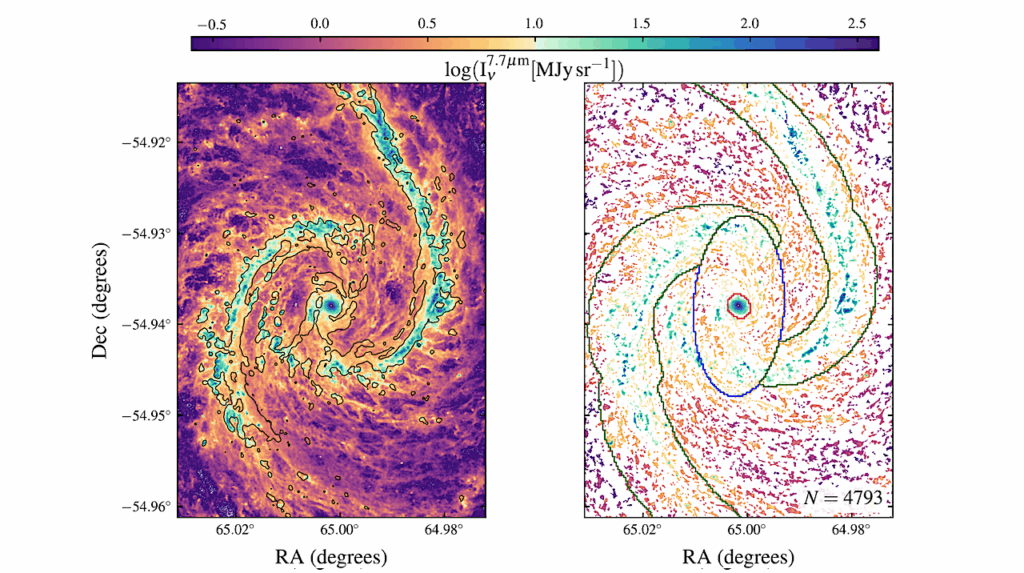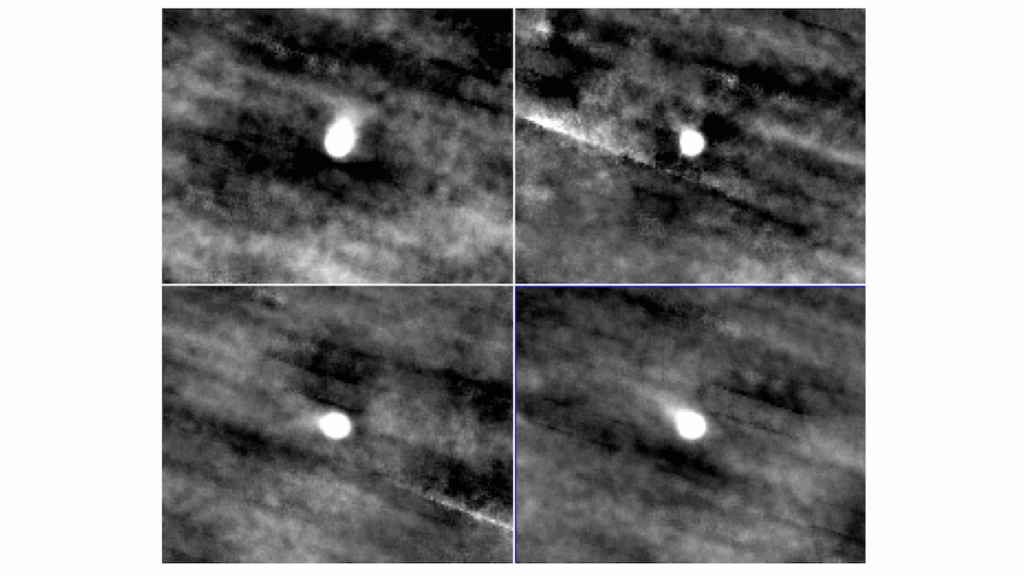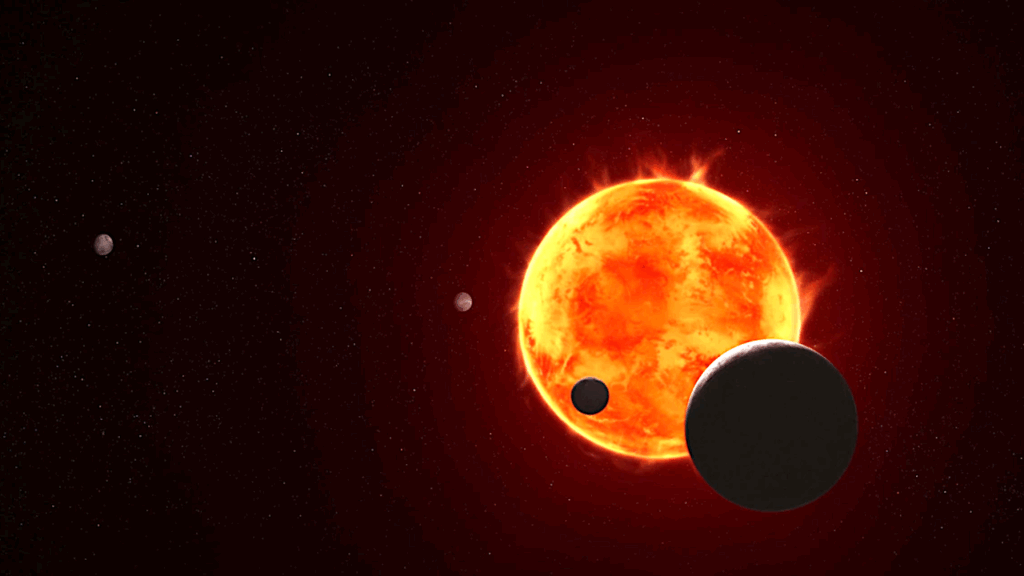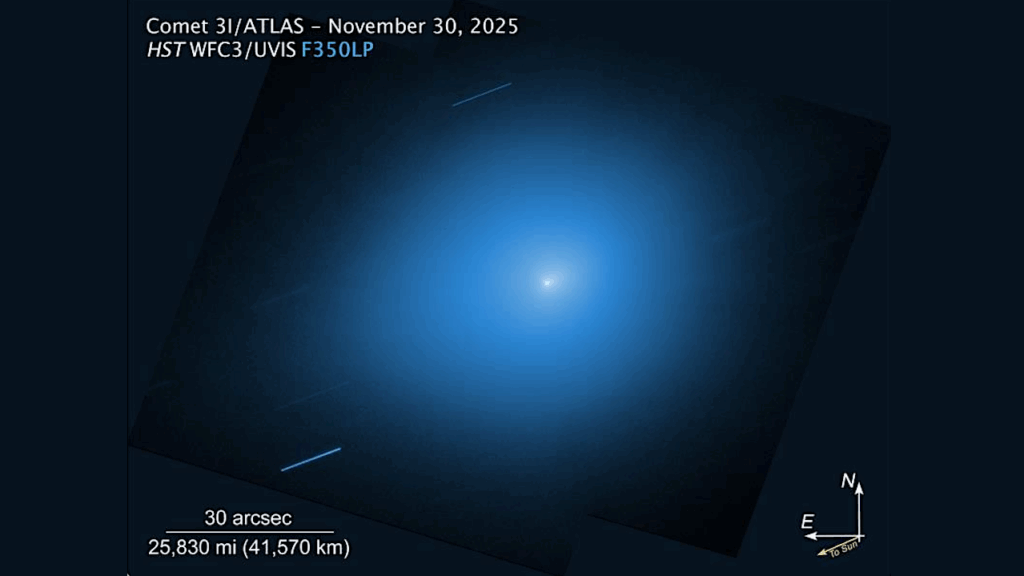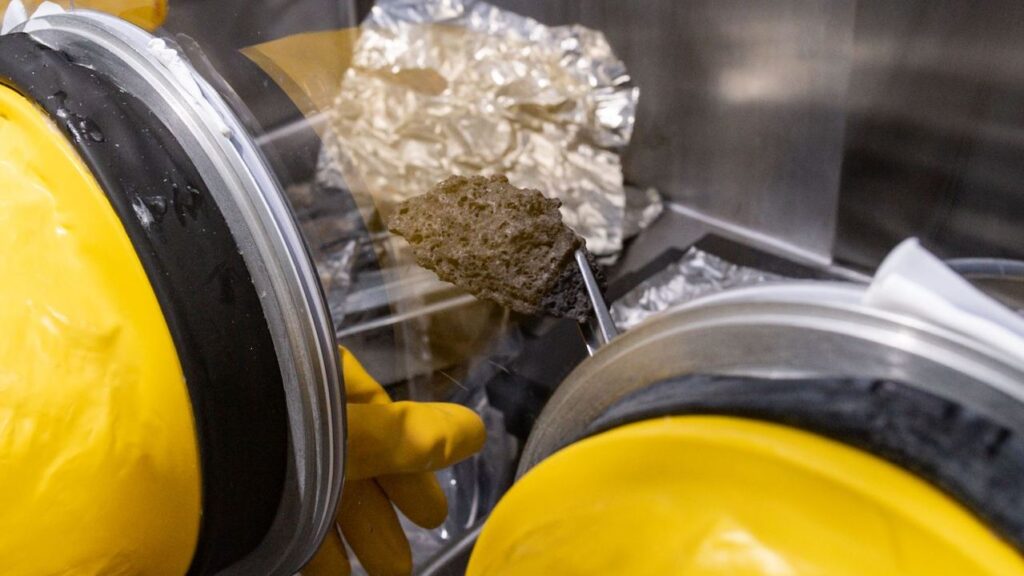Electron-induced CO2 and Hydrocarbon Sputtering of Functionalized Hydrocarbons in Icy Planetary Analogs
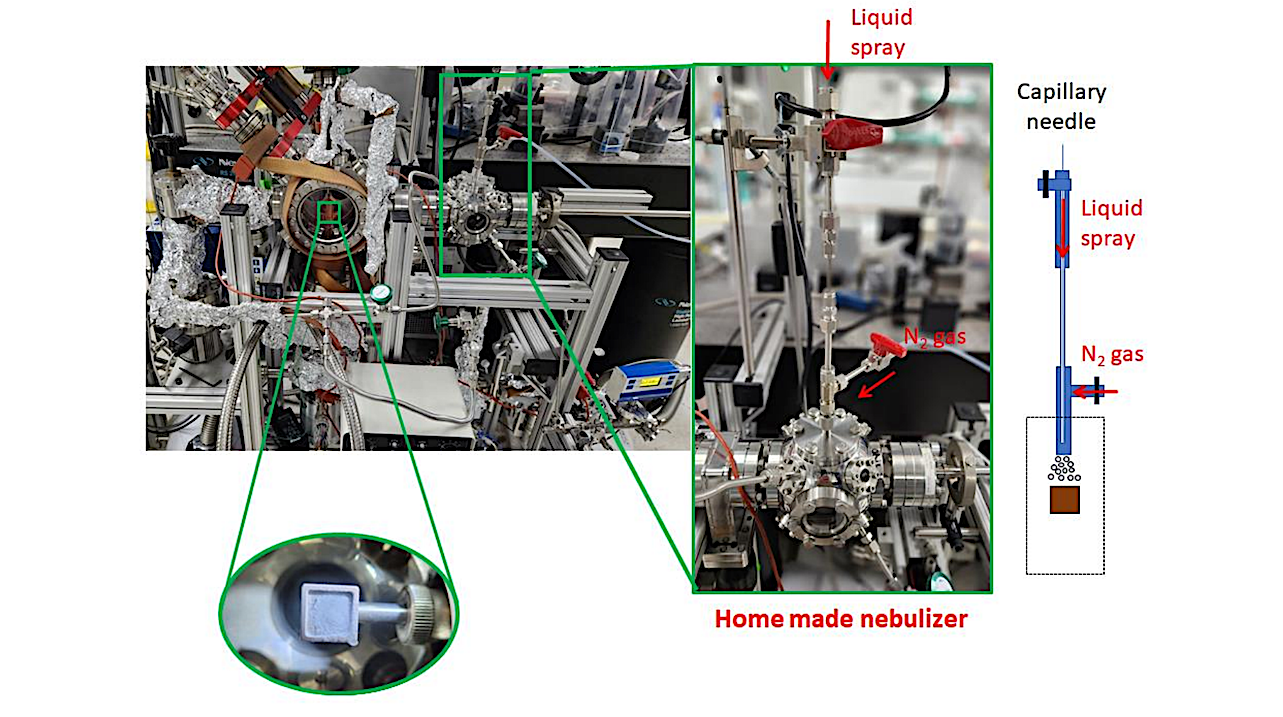
CO2 has been detected in both the tenuous exosphere and surface chaos regions of Europa, but it is still unclear whether this CO2 is generated in situ by radiolysis or whether it is directly delivered by the ocean.
In this work, we study the radiolysis pathway, and explore the possibility that organics upwelled from the subsurface oceans could be contributing to this signature on the surface and in the exosphere. Specifically, we report here on the evolution of carbon-containing byproducts generated by electron-induced sputtering of organics with different functional groups — hexanoic acid, hexanol, and hexane — in water ice.
We found that, upon electron irradiation in vacuum, the acid-functionalized molecules generated a factor of over 10x more CO2 than either the non-functionalized or alcohol-functionalized molecules, but that all three species produced CO2 to some extent. The amount of CO2 produced was found to depend upon temperature. CO2 was the dominant product for ices at 100 K and 120 K, and production of CO2 was 3x higher at 100 and 120 K than at 80 K.
Sputtering of long chain molecules such as pentane was a factor of 100x higher in the hexanoic acid-containing ice than in the hexane/hexanol ice, suggesting that organics with carboxylic acid (COOH) functional groups may be also more likely to produce volatile species that can be ejected into the exosphere.
Sankhabrata Chandra, Bryana L. Henderson, Murthy S. Gudipati
Comments: 27 pages, 13 figures; submitted to The Astrophysical Journal
Subjects: Earth and Planetary Astrophysics (astro-ph.EP); Instrumentation and Methods for Astrophysics (astro-ph.IM)
Cite as: arXiv:2502.03704 [astro-ph.EP] (or arXiv:2502.03704v1 [astro-ph.EP] for this version)
https://doi.org/10.48550/arXiv.2502.03704
Focus to learn more
Submission history
From: Bryana Henderson
[v1] Thu, 6 Feb 2025 01:27:33 UTC (2,912 KB)
https://arxiv.org/abs/2502.03704
Astrobiology,


